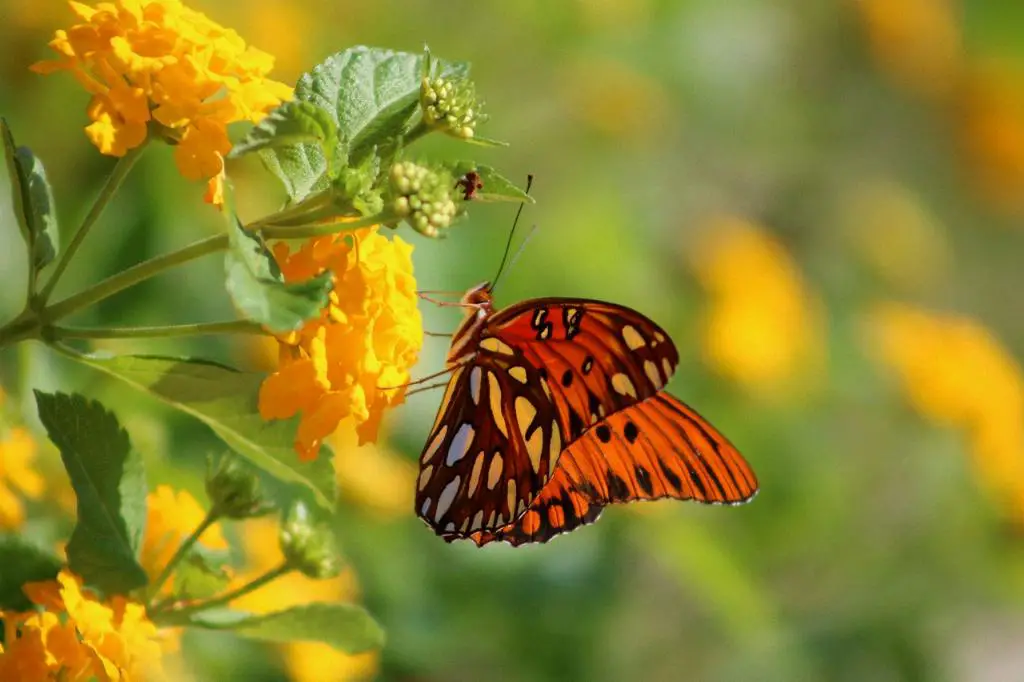So you’ve noticed that your lantana isn’t blooming as abundantly as you expected, and you’re wondering what might be causing this issue. Well, there are a few factors that could be contributing to the lack of blooms on your lantana plants.
1. Lack of Sunlight
Lantanas are sun-loving plants that thrive in full sunlight. If your lantana isn’t getting enough sun exposure, it may not bloom as profusely. Make sure to plant your lantana in a spot that receives at least 6 hours of sunlight per day.
2. Overfertilization
Excessive fertilization can actually hinder blooming in lantanas. While they do benefit from regular fertilization, too much nitrogen can result in lush foliage at the expense of flowers. Be mindful of the type and quantity of fertilizer you’re using on your lantana plants.
3. Poor Soil Drainage
Lantanas prefer well-draining soil to prevent waterlogging, which can lead to root rot and inhibit blooming. Ensure that your lantana is planted in soil that drains well to promote healthy growth and blooming.
4. Pruning Practices
Improper pruning can also affect the blooming of lantanas. Prune your lantana plants regularly to remove dead flowers and encourage new growth. Avoid heavy pruning during the flowering season to allow the plant to bloom to its fullest potential.
5. Pests and Diseases
Pests, such as aphids and spider mites, can damage lantana plants and result in reduced blooming. Inspect your lantanas regularly for signs of pests and treat them promptly. Additionally, fungal diseases can also impact blooming, so ensure good air circulation around your plants.
6. Watering Practices
Proper watering is essential for lantanas to bloom successfully. Overwatering can lead to root rot, while underwatering can cause stress to the plants. Water your lantanas consistently, allowing the soil to dry out slightly between watering sessions.
7. Insufficient Nutrients
Lantanas require essential nutrients, such as phosphorus and potassium, for healthy blooming. If your soil lacks these nutrients, your lantana plants may not bloom as desired. Consider providing a balanced fertilizer to boost blooming.
8. Temperature Extremes
Extreme temperatures, whether too hot or too cold, can affect lantana blooming. Lantanas thrive in warm conditions but may struggle to bloom in excessively high temperatures or frosty weather. Protect your lantanas from extreme temperatures to promote blooming.
9. Seasonal Factors
Keep in mind that lantanas may naturally bloom less during certain seasons, such as winter or extreme summer heat. While they are generally prolific bloomers, fluctuations in temperature and light can impact their blooming patterns.
10. Rootbound Plants
If your lantana has outgrown its container or is rootbound, it may struggle to bloom. Consider repotting your lantana or loosening its roots to encourage healthy growth and blooming.
11. Planting Depth
Ensure that your lantana plants are planted at the appropriate depth, with the root ball level with the soil surface. Improper planting depth can stress the plant and hinder blooming.
12. Variety Selection
Finally, the lantana variety you have chosen may also impact its blooming habits. Some varieties are more prolific bloomers than others, so selecting a suitable variety for your climate and growing conditions can enhance blooming success.

